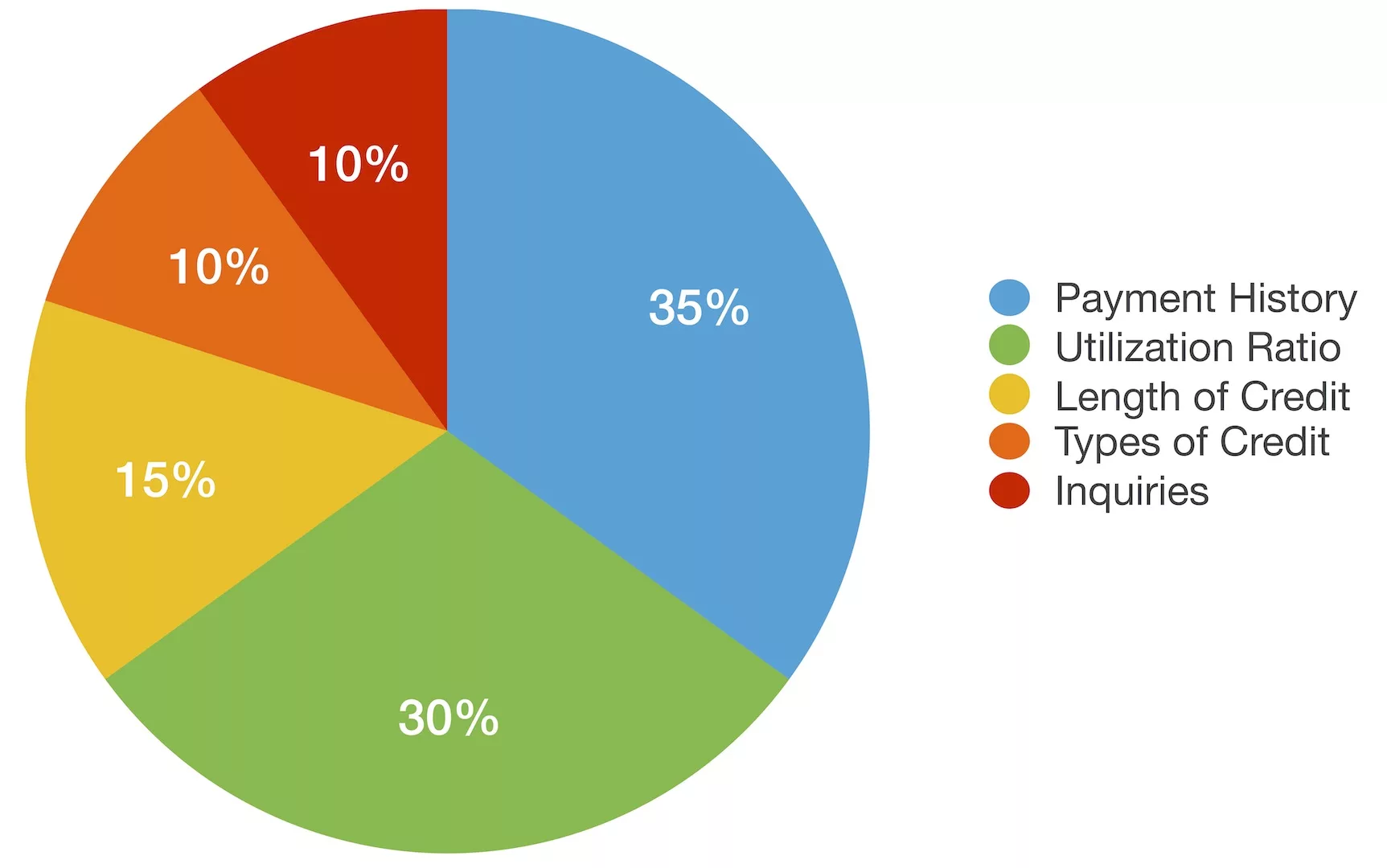Understanding Non Arm’s Length Transactions
A non arm’s length transaction in real estate refers to a situation where the buyer and seller have a pre-existing relationship. This can include familial ties, business partnerships, or close friendships. Such transactions are scrutinized due to the potential for unfair pricing or manipulation, differing significantly from arm’s length transactions where parties act independently.
Parties Involved
In Canada, a non-arm’s length person can be a family member related by blood, marriage, or adoption. This includes children, parents, siblings, spouses, and in-laws. In corporate terms, it involves entities under your control or within a related group controlling the corporation, ensuring a broad definition that captures various relationship dynamics.
Non Arm’s Length Transaction Implications
Mortgage Considerations in Non Arm’s Length Transactions
Mortgage arrangements in non-arm’s length transactions, particularly involving family members, may have unique considerations. The mortgage rates, down payment requirements, and approval processes could differ from standard arm’s length transactions. It’s essential to consult with a mortgage professional to understand the nuances of financing such deals.
Exceptions and Special Cases
Gift transactions are an exception in non-arm’s length dealings. Here, both the gifter and recipient consider the property’s fair market value for tax purposes, which helps avoid double taxation. This streamlined approach simplifies gift transactions within family or business networks.
Example of Gifted Equity
- A mother wishes to gift equity from her primary residence to a child.
- They sell their property in full to their child for a valued at $700,000.
- There is an existing mortgage on the property the child wishes to assume, or seek a new lender for a better rate. The balance is $400,000. Furthermore, they need an additional $300,000 to complete the full payment of $700,000.
- Upon approval of the new mortgage to cover the $700,000 balance, the bank requests an appraisal to determine fair market value. To the child’s surprise, the appraiser determines the fair market value of the property to be $800,000.
- With the fair market value being $800k. The mother is gifting $100k in equity upon the sale. Which can be considered cash down for the childs mortgage approval.
This shows a simple scenario where immediate family members can provide gifts, potentially tax free. The mother occupied her primary residence before selling, which was then transferred to their child and declared their primary residence. Beyond this simple example, one should not expect a non arm’s length transaction to be tax free. Most scenarios require consulting a tax professional to determine tax implications
Tax Implications
Tax implications in a non-arm’s length transaction are complex. Selling a property below its fair market value to a related individual is considered a sale at the fair market value for tax purposes. Buying above the fair market value also assumes acquisition at the fair market value. These rules are crucial for avoiding one-sided financial outcomes and double taxation issues.
Spouse and Common-Law Partner Considerations
Transferring property between spouses or common-law partners triggers an automatic “rollover.” This means the transfer is tax-free, with the recipient assuming the property’s original cost. This exception is particularly relevant in family law settlements, providing a tax-efficient method of property transfer.
Importance of Professional Consultation
The tax implications of non arm’s length transactions are complicated and do not have a one-size-fits-all solution. Thus, it’s important to consult with a lawyer or accountant to determine if a transaction is deemed non-arm’s length and understand the associated financial and legal ramifications.




